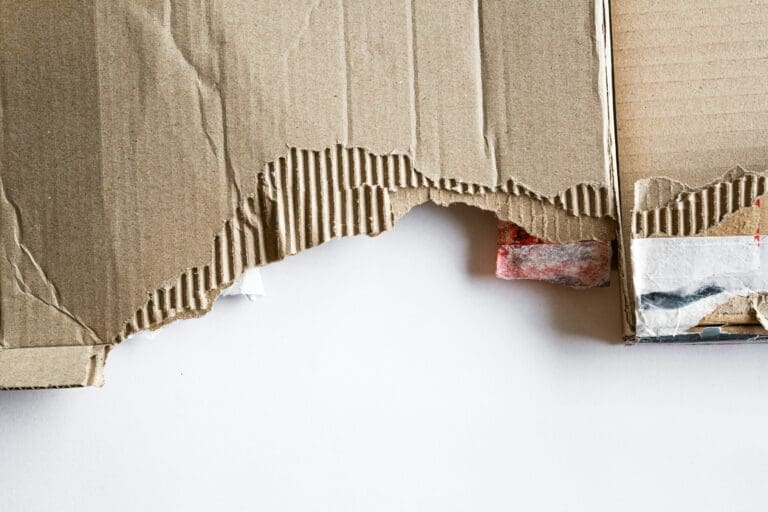Top 3 Pool Resurfacing Options You Could Choose From

Pool resurfacing in San Diego is a typical project of homeowners, but unlike other home improvement projects picking the suitable surface for your pool is more than just picking a color. Since pool surfaces are exposed to a considerable amount of UV light and chemicals, choosing the right resurfacing material for your pool will save you time and money. It should serve you for a long time before any repair and replacement take place, maintenance should also be reduced to save you time.
These days, there are many options you could choose from for your pool customization project. But if you don’t have a pool yet and are considering getting one, this is a great way to know what your options are and what type of pool finish you want for your pool.
Before you call your contractor, let’s go over the top three pool resurfacing construction methods you could choose from.
1. Plaster and Concrete
Plaster and concrete can either be composed of stone, ceramic tile, or aggregate. These types of materials are the most common pool finishes among American homes, and that is because it is weather-resistant, moldable, and durable. These two types of material often work together; concrete is usually being waterproofed through the use of plaster. But the thing is, it has to be replaced every year or so.
Concrete made pools are the oldest type of American pool; the natural stony aesthetics is perfect for stone, ceramic tile, or aggregate pool finishes. If you are considering plaster and concrete look into its pros and cons:
Pros:
- More affordable than fiberglass
- Customizable in shape and size
- Works best for pools that are deeper than 8 feet
- Provides a natural feel
- Perfect for stone, waterline tile or aggregate finishes
- Looks excellent for beach resort entries
Cons:
- A little bit pricy than a vinyl liner
- Plaster finishes replacement should be done every 8-12 years
- Pool repairs could be expensive
- Prone to algae development
- Provides rough surface
2. Vinyl liner
Vinyl-lined or also known as steel or polymer pools, has been a popular choice for every American home since 1948. Vinyl liners have sturdier walls compared to concrete pool finishes, other than that it is more durable and cheaper.
The vinyl lining material is very affordable, and it only needs to be replaced every 10 to 15 years. You can also choose from a variety of patterns and catalog colors from your contractor. Here are the pros and cons of using a vinyl liner:
Pros:
- The price cheaper compared to concrete or fiberglass finish
- Customizable in shape and size
- Provides a lot of options when it comes to vinyl liner finishes
- Provides a smooth finish that is gentle to the feet
- Resistant to algae growth
Cons:
- Prone to pool chemical degradation
- Vinyl liner finishes need to be replaced every 10-15 years
- Repairs for vinyl liner pool surface can be expensive
3. Fiberglass
Fiberglass or is also known as ceramic tile is the most expensive amongst the three construction methods. That is because fiberglass finish is moded into a large piece, making it algae-free. They are also the most durable type of pool; however, unlike the first two fiberglasses can’t be customized.
Fiberglass doesn’t need some finishes because they come as it is, but in most cases, homeowners choose a built-in ceramic tile finish so it could fit into their backyard. If you are considering fiberglass for your pool here are the pros and cons:
Pros:
- Algae-resistant and highly contaminant
- I don’t need any repairs or replacements
- Resistant to natural calamities such as earthquake
- Provides a smooth finish that is gentle to the feet
- Best home investment
Cons:
- The price point is expensive
- Limited sizes and shapes options (L-shaped pools are not being offered)
- Limited color selection
These top three resurfacing options have their pros and cons. Fiberglass is the best option, especially for homeowners who are looking for a smaller shaped pool. On the other hand, concrete and vinyl liner are best if you want something customizable.
If your pool needs some resurfacing, Sundek got you covered. We have satisfied thousands of pool owners throughout San Diego by providing quality pool finishes for every family to enjoy.









